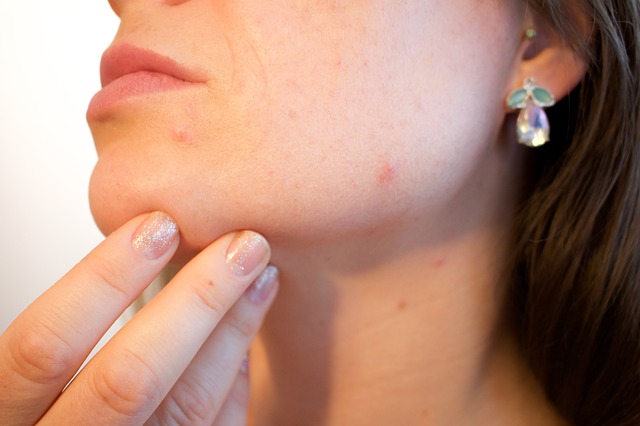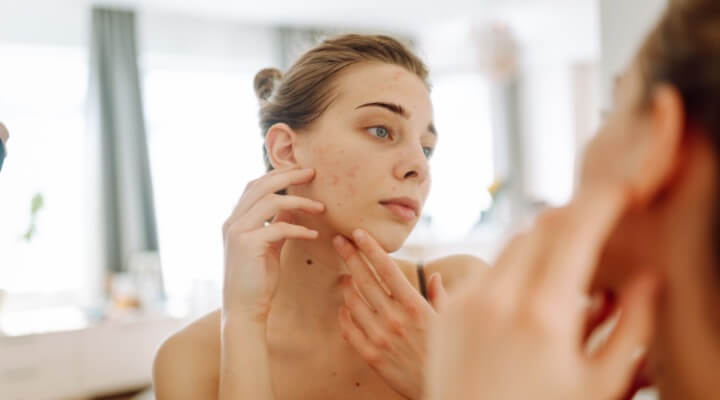Eosinophilic Folliculitis Insights: Understand and Address It
For beauticians seeking to expand their understanding in skincare, particularly concerning various skin conditions, eosinophilic folliculitis insights offers critical knowledge. This condition, while not as commonly discussed as other skin ailments, presents unique challenges and opportunities for care. As beauty professionals, understanding the nuances of such conditions can significantly improve the quality of service you provide to clients.

Understanding Eosinophilic Folliculitis
Eosinophilic folliculitis (EF) is a relatively rare skin condition characterized by the inflammation of hair follicles. This inflammation is primarily caused by an increased number of eosinophils, a type of white blood cell, within the follicles. This condition can lead to outbreaks of itchy, inflamed bumps on the skin, primarily affecting individuals with weakened immune systems, such as HIV-positive patients.
The triggers and exact causes of EF are still being studied, but it's believed to involve a complex interplay between the immune response and skin flora. Understanding these insights is crucial for beauticians, as it allows for a more comprehensive approach to client skin concerns.
Symptoms and Identification
Identifying eosinophilic folliculitis in your clients is the first step towards managing it effectively. The condition typically presents as clusters of itchy, red papules or pustules, often on the face, scalp, neck, and upper chest. Recognizing these symptoms can help beauticians advise their clients accurately and potentially refer them to a dermatologist for proper diagnosis and treatment.
Key Insights for Beauticians
Management and Care Strategies
While medical professionals are responsible for diagnosing and treating eosinophilic folliculitis, beauticians play a critical role in the management of the condition's symptoms. Here are some strategies:
- Gentle Skincare Products: Opt for non-comedogenic, fragrance-free, and hypoallergenic products to reduce the risk of irritation.
- Hygiene and Care: Encourage clients to maintain excellent personal hygiene and suggest washing affected areas with mild cleansers.
- Scalp and Hair Care: For clients with scalp involvement, recommend shampoo formulations designed to soothe and moisturize the scalp.
- Relaxation Techniques: Stress can exacerbate skin conditions, so suggesting relaxation techniques or treatments can be beneficial.
For comprehensive details on another folliculitis variant, read through our [bacterial folliculitis explained](https://livananatural.com/blogs/news/bacterial-folliculitis-explained) webpage for in-depth insights.
Potential Treatments and Dermatological Interventions
For beauticians, understanding the treatments available for EF is valuable when advising clients. While specific medical treatments should be directed by healthcare professionals, general awareness is useful. Treatments often include:
- Topical Corticosteroids: Used to reduce inflammation and alleviate symptoms.
- Antihistamines: May be recommended to manage itching.
- Phototherapy: A light-based therapy that's effective for some patients.
Additional and more technical information about folliculitis, including eosinophilic variants, can be found on [Healthline](https://www.healthline.com/health/folliculitis).
Skincare Recommendation for Beauticians
Diversifying your knowledge beyond just eosinophilic folliculitis can significantly enhance your professional capability. Learn more about the causes of other skin conditions, such as through our article on the [causes of folliculitis](https://livananatural.com/blogs/news/causes-of-folliculitis), providing a broader scope of knowledge necessary for effective client consultation.

FAQs About Eosinophilic Folliculitis
Q1: How common is eosinophilic folliculitis?
A: It is relatively rare and often associated with individuals who have compromised immune systems.
Q2: Can eosinophilic folliculitis be cured?
A: While there's no outright cure, symptoms can often be managed effectively with medical treatments and appropriate skincare.
Q3: What is the difference between bacterial and eosinophilic folliculitis?
A: Bacterial folliculitis is caused by bacterial infections, while eosinophilic folliculitis involves an increase in eosinophils within hair follicles.
For additional resources, be sure to explore related articles, such as those on [pseudofolliculitis barbae details](https://livananatural.com/blogs/news/pseudofolliculitis-barbae-details) for a broader understanding of follicular conditions.

